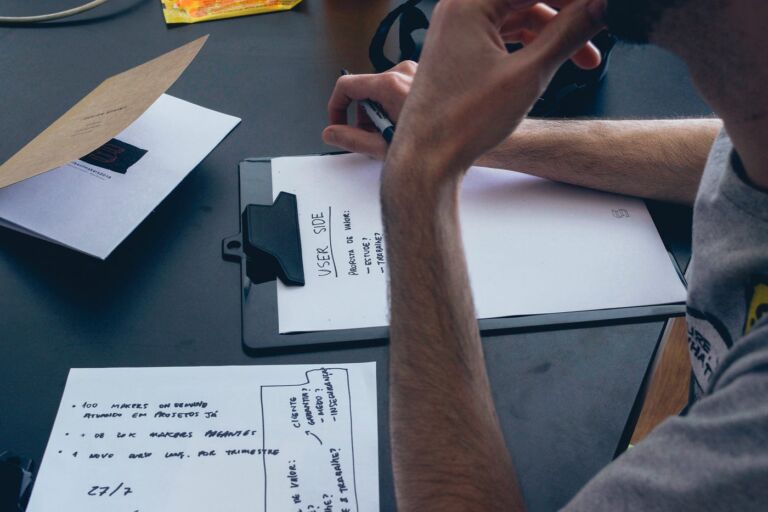A well-designed website enhances user experience, improves SEO, and increases conversions. It also plays a key role in branding, making businesses more recognizable and competitive. According to Adobe, 73% of businesses invest in branding design to differentiate themselves.
To create an effective website, consider these essential tips:
1. Define Your Website’s Purpose and Target Audience
Before diving into design, clarify the purpose of your website and identify your target audience. Is your site meant to sell products, provide information, or promote services? Understanding your audience’s needs ensures that your design aligns with their expectations. Research shows that 75% of a website’s credibility comes from its design, making this step crucial to success.
2. Research Your Competitors
Analyzing competitor websites provides insights into effective design strategies and common pitfalls. Identifying their strengths and weaknesses helps refine your approach and implement design elements that make your website stand out.
3. Prioritize Clear Navigation
User-friendly navigation is essential for a positive user experience. A well-structured menu allows visitors to find information quickly, reducing frustration and improving engagement. A logical, consistent navigation layout enhances usability and retention.
4. Use High-Quality Visuals
Visual elements play a critical role in capturing attention and keeping users engaged. Studies show that content with visuals receives 94% more views than text alone. Incorporating images, videos, and graphics improves readability and increases user interaction.
5. Implement a Grid-Based Layout
Responsive design ensures that your website is accessible on any device. A grid-based layout organizes content in a structured, visually appealing manner, improving readability on desktops, tablets, and mobile devices without excessive zooming or scrolling.
6. Embrace Minimalism
A clutter-free design improves loading speed and user experience. Avoid excessive text, unnecessary features, and large files that slow down your site. A clean, minimalist approach ensures that visitors can easily digest information and navigate your site efficiently.
People Also Asked!
1. How important is website design for SEO?
Website design significantly impacts SEO. Search engines prioritize sites that load quickly, are mobile-friendly, and offer a seamless user experience. Good design improves dwell time and reduces bounce rates, enhancing search rankings.
2. How often should I update my website’s design?
It’s recommended to update your website’s design every 2-3 years to keep up with trends, improve functionality, and maintain an optimal user experience.
3. What are the key elements of a user-friendly website?
A user-friendly website includes clear navigation, fast loading speeds, mobile responsiveness, high-quality visuals, and an intuitive layout.
4. How can I make my website load faster?
Optimizing images, using a content delivery network (CDN), minimizing HTTP requests, and leveraging caching techniques can significantly improve loading speeds.
5. Can Site Architects help redesign my website?
Yes! Site Architects specializes in creating modern, high-performing websites tailored to your brand’s needs.
Let’s Build a Website That Works for You
Your website should be more than just visually appealing; it should drive results! Whether you need a new design, a refresh, or performance improvements, Site Architects can help. Get in touch today to discuss your project and create a website that elevates your brand.







